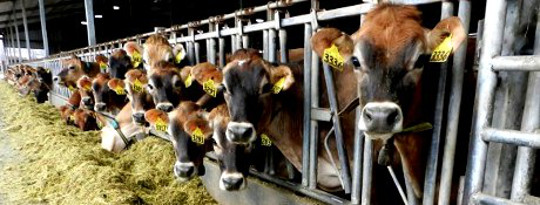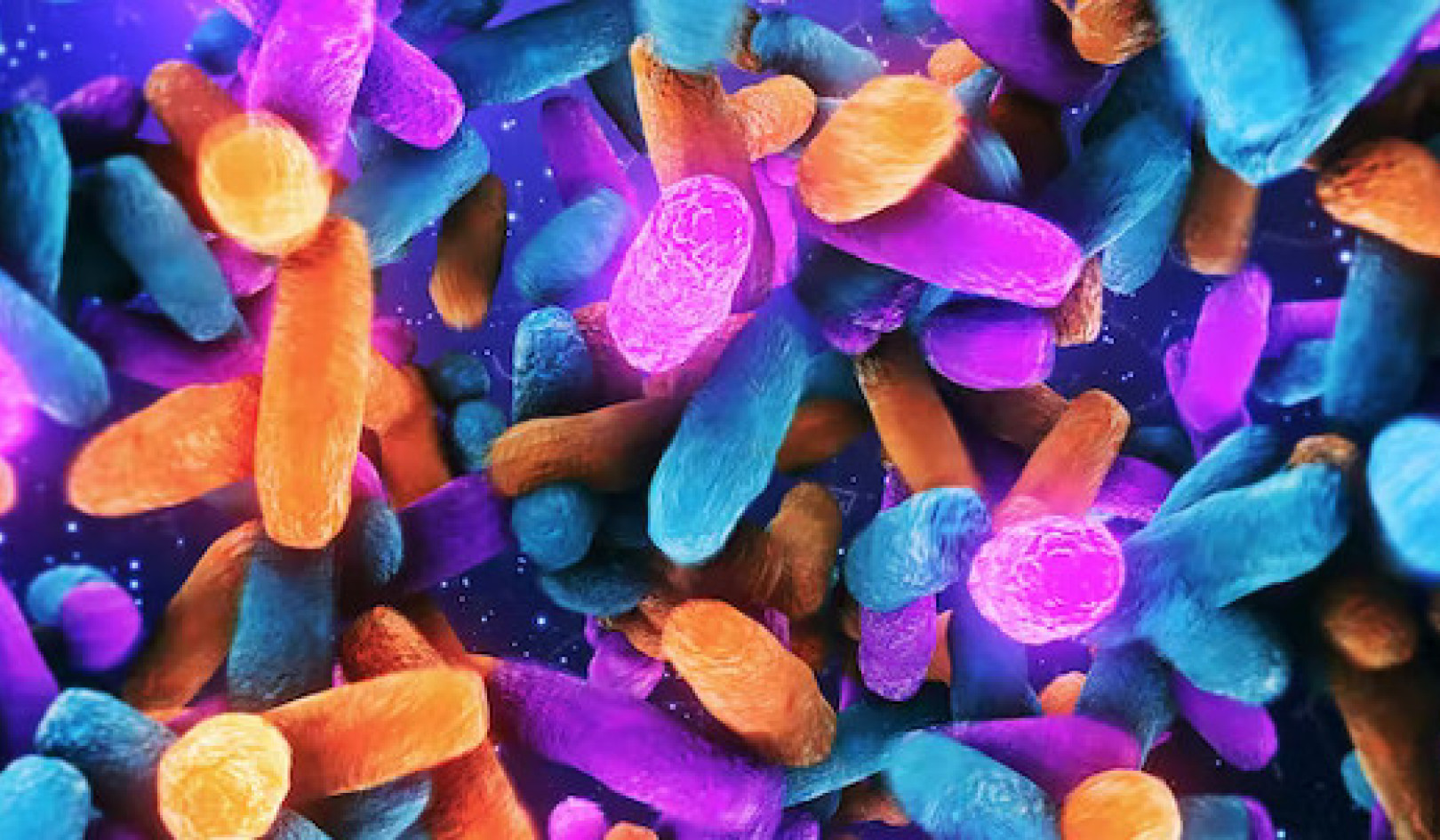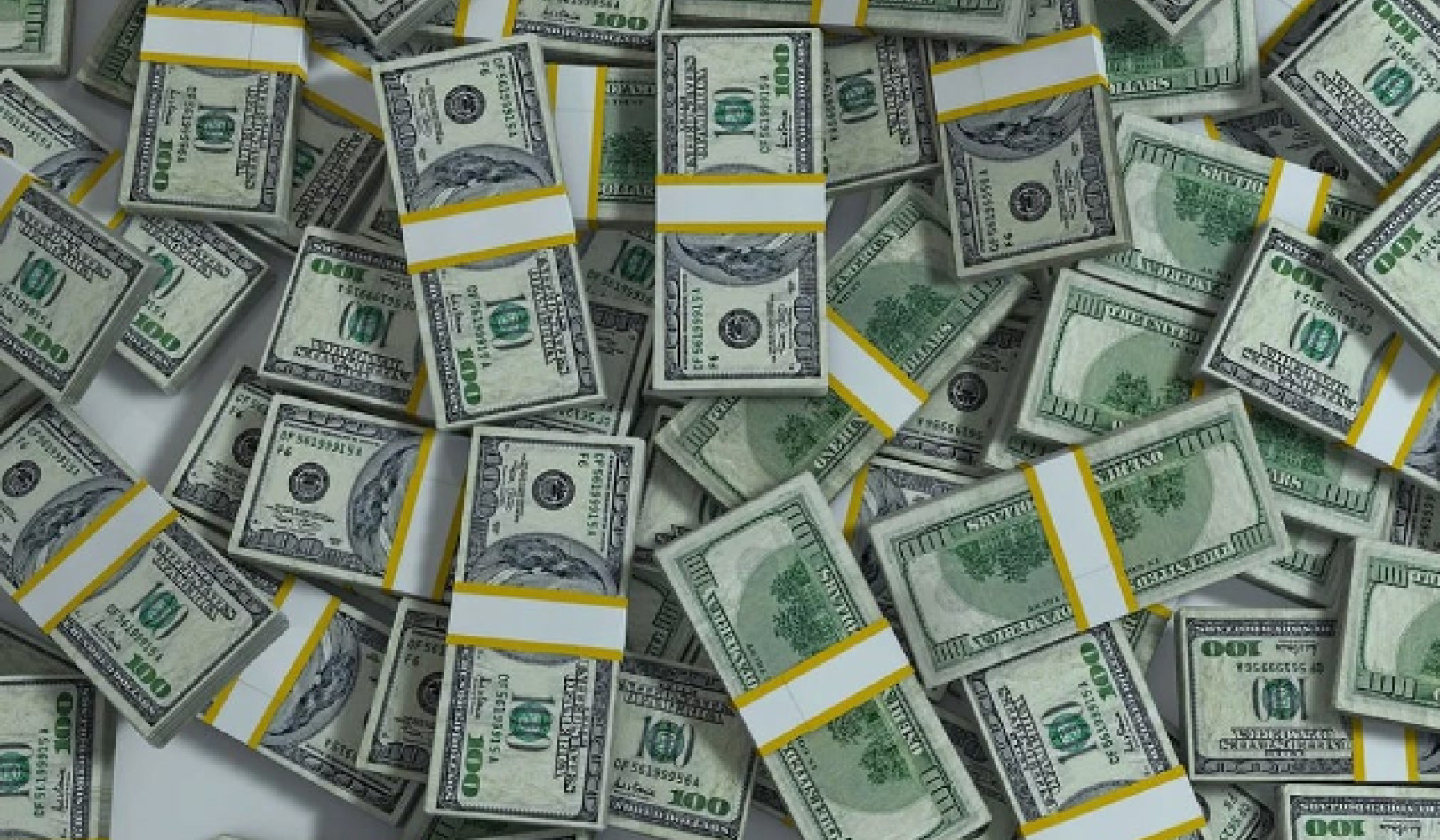
Halve meat consumption, scientists urge rich world: UN study says horsemeat scandal exposed dark side of cheap meat and shows how farming practices destroy natural world.
GUARDIAN (UK) - People in the rich world should become "demitarians" – eating half as much meat as usual, while stopping short of giving it up – in order to avoid severe environmental damage, scientists have urged, in the clearest picture yet of how farming practices are destroying the natural world.
They said the horsemeat scandal had uncovered the dark side of our lust for meat, which has fuelled a trade in undocumented livestock and mislabelled cheap ready meals. "There is a food chain risk," said Prof Mark Sutton, who coined the term demitarian and is lead author of a UN Environment Programme (Unep) study published on Monday. "Now is a good time to talk to people about this."
The quest for ever cheaper meat in the past few decades – most people even in rich countries ate significantly less meat one and two generations ago – has resulted in a massive expansion of intensively farmed livestock. This has diverted vast quantities of grain from human to animal consumption, requiring intensive use of fertilisers, pesticides and herbicides and, according to the Unep report, "caused a web of water and air pollution that is damaging human health". The run-off from these chemicals is creating dead zones in the seas, causing toxic algal blooms and killing fish, while some are threatening bees, amphibians and sensitive ecosystems...
Continue reading the article...
Download the complete UNEP Report: "Our Nutrient World: The challenge to produce more food and energy with less pollution."
Another Threat to our Water, Air, and Soil Quality
In a five year project funded by the European Science Foundation programme "Nitrogen in Europe", 200 scientists/experts in the field produced "The European Nitrogen Assessment", which explains the state of the threats to water, air and soil quality and the impacts on biodiversity and climate change in Europe and highlights the possible solutions. The video below explains the basic dynamics involved. The complete assessment can be downloaded chapter by chapter, at the bottom of the page, here.
{youtube}uuwN6qxM7BU{/youtube}

























